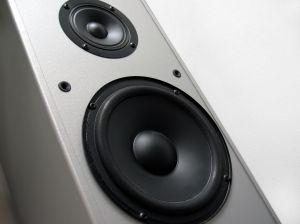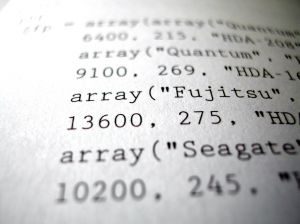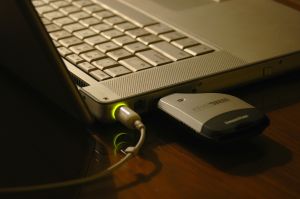According to CIE Computer Science 2210 syllabus, we need to cover the following topics under the category of output devices:
1.3.4 Output devices
- describe the principles of operation of a range of output devices, including: inkjet, laser and 3D printers; 2D and 3D cutters; speakers and headphones; actuators; flat-panel display screens, including Liquid Crystal Display (LCD) and Light-Emitting Diodes (LED); and LCD projectors and Digital Light Projectors (DLP)
- describe how these principles are applied to real-life scenarios for example: printing single items on demand or in large volumes; banks of digital displays; use of small screens on mobile devices; smart boards
So lets start with the important links where we can find relevant information:
Printers
http://www.teach-ict.com/gcse_computing/ocr/212_computing_hardware/output_devices/miniweb/pg3.htm
Laser Printers:
http://www.teach-ict.com/gcse_computing/ocr/212_computing_hardware/output_devices/miniweb/pg4.htm
Ink-Jet Printers
http://www.teach-ict.com/gcse_computing/ocr/212_computing_hardware/output_devices/miniweb/pg5.htm
I see that the Dot Matrix Printer is not listed there, but we should discuss it as it still being used.
Dot Matrix Printer
http://www.teach-ict.com/gcse_computing/ocr/212_computing_hardware/output_devices/miniweb/pg6.htm
3D Printer
http://www.robo3dprinter.com/pages/what-is-3d-printing
Now this is a very interesting article on the uses of 3D Printers: http://www.forbes.com/sites/amitchowdhry/2013/10/08/what-can-3d-printing-do-here-are-6-creative-examples/
Multifunctional Printers:
http://whatis.techtarget.com/definition/multifunction-peripheral-MFP
Cutters
A small but quite useful presentation on 2D and 3D cutters: (wait for buffer and then user the arrows move between slides.)
https://prezi.com/-sxqwtmwsf7v/2d-cutters-and-3d-cutters/
Speakers and Headphones
Speakers:
http://www.teach-ict.com/gcse_computing/ocr/212_computing_hardware/output_devices/miniweb/pg9.htm
Headphones:
http://www.teach-ict.com/gcse_new/computer%20systems/output_devices/miniweb/pg11.htm
Actuators
http://www.teach-ict.com/gcse_new/control/control/miniweb/pg9.htm#
Another interesting articles that discusses four types of actuators is:
http://www.thegreenbook.com/actuators.htm” title=”http://www.thegreenbook.com/actuators.htm
Flat-panel display
http://www.computerhope.com/jargon/f/fpdispla.htm
LCD:
http://www.computerhope.com/jargon/l/lcd.htm
LED:
http://www.computerhope.com/jargon/l/led-monitor.htm
Projectors
http://www.teach-ict.com/gcse_new/computer%20systems/output_devices/miniweb/pg9.htm
For the difference between LED and DLP projectors I am going to quote Ebay
LCD and DLP projectors differ in the kind of projection technology used. Whereas an LCD projector uses transmissive liquid crystal display panels that let light pass through, then combine the images into a prism and project it through the lens, a DLP projector uses a reflective chip made up of millions of microscopic mirrors, each of which is capable of independent movement, to bounce light through a lens that then projects the image. LED projectors, on the other hand, are defined by the light source, not the projection technology. Instead of a traditional halogen lamp, they use light-emitting diodes, which are more environmentally friendly and longer lasting. LED projectors use either DLP technology, replacing the color wheel and white-light lamp with red, blue, and green LEDS, or LCoS technology, which is found in handheld projectors.
Smart Boards
https://sites.google.com/site/smartsharecenter/what-is-smart-board




